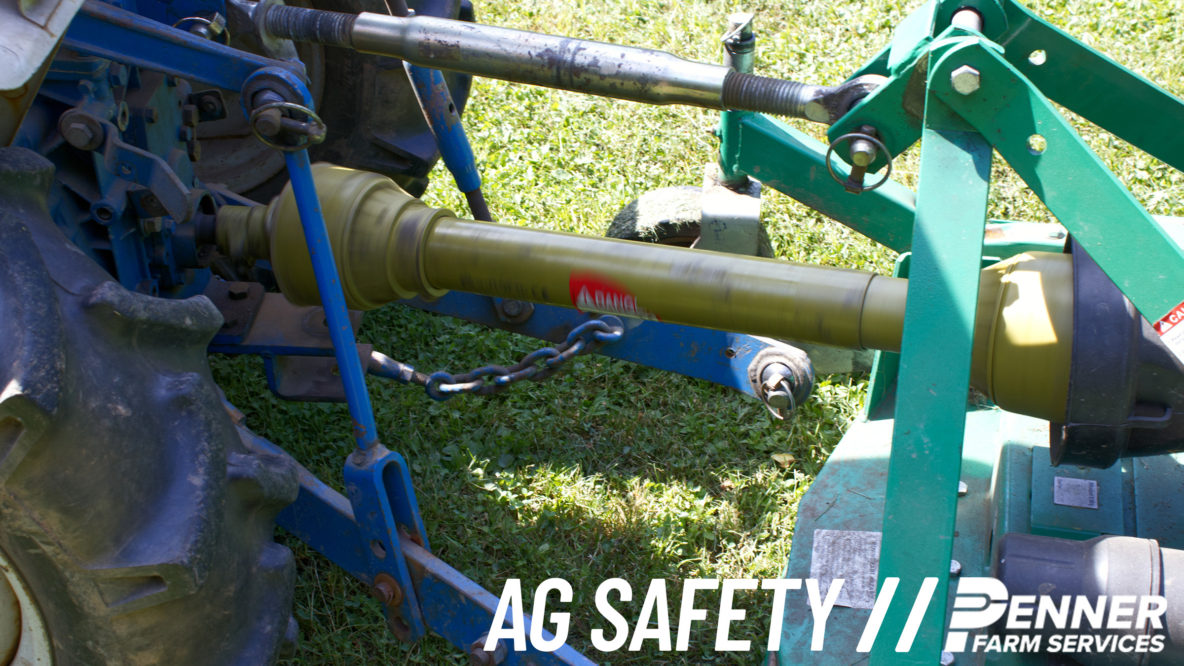By: Neil Armer; Health & Safety Manager
Moving parts are everywhere on the farm from grain augers to PTO’s, some have safeguards in place and other’s do not, but ultimately the best safeguard is you! Being aware of your surroundings and knowing the potential hazards on your farm is the best way to prevent an injury or fatality.
Depending on the farm, hazards caused by moving parts can occur at many locations:
- where you feed materials into machines
- where a machine cuts, turns, drills, shapes, punches, or moves in any way
- during cleaning and maintenance, troubleshooting and repairs, adjustments, set-ups, and ongoing operation
- at wrapping hazards such as gears, flywheels, cylinders, belts, rollers, pulleys, shafts, couplings, chains, and sprockets
- around moving equipment, Power Take-Off (PTO) devices, augers, conveyors, fans, soil mixers, potting machines, planting machines, robots, and any other equipment, that can release energy
Every farm operation is different, so it is important to identify where your hazards exist. Knowing where your hazards are and being aware of them is the first step to preventing an incident.
Here is a list of tips that apply across the board:
- Wear appropriate gear for the day’s tasks —no loose-fitting clothing or jewelry, including wedding bands.
- Button those shirt cuffs, and tuck in your shirt tail, hoodie and scarf. Better yet, don’t wear a hoodie or scarf.
- Tie your bootlaces so they don’t drag.
- Don’t wear gloves around reciprocating or rotating machine parts.
- Sporting a ponytail or long hair? Put it under a snug-fitting hat.
- Heed the warning decals on equipment.
- Circle check equipment before starting it. Ensure all guards are in place and in good shape. Look for leaking hydraulic oil.
- Never perform maintenance or try to clear an obstruction while the equipment is running. Shut down and lock out hazardous energy. If a guard is removed to perform maintenance, replace it immediately after servicing.
- Wait for rotating parts to stop before working on them.
- Never step over a PTO shaft, or above or below a conveyor belt while it is running.
- Use a jack stand when hitching or unhitching an implement so that the draw-bar is supported. If the pin is damaged or bent, replace it.
- Keep bystanders and children away.
Adapted from “Staying Safe from Entanglements” Ontario Federation of Agriculture- January 20, 2020

